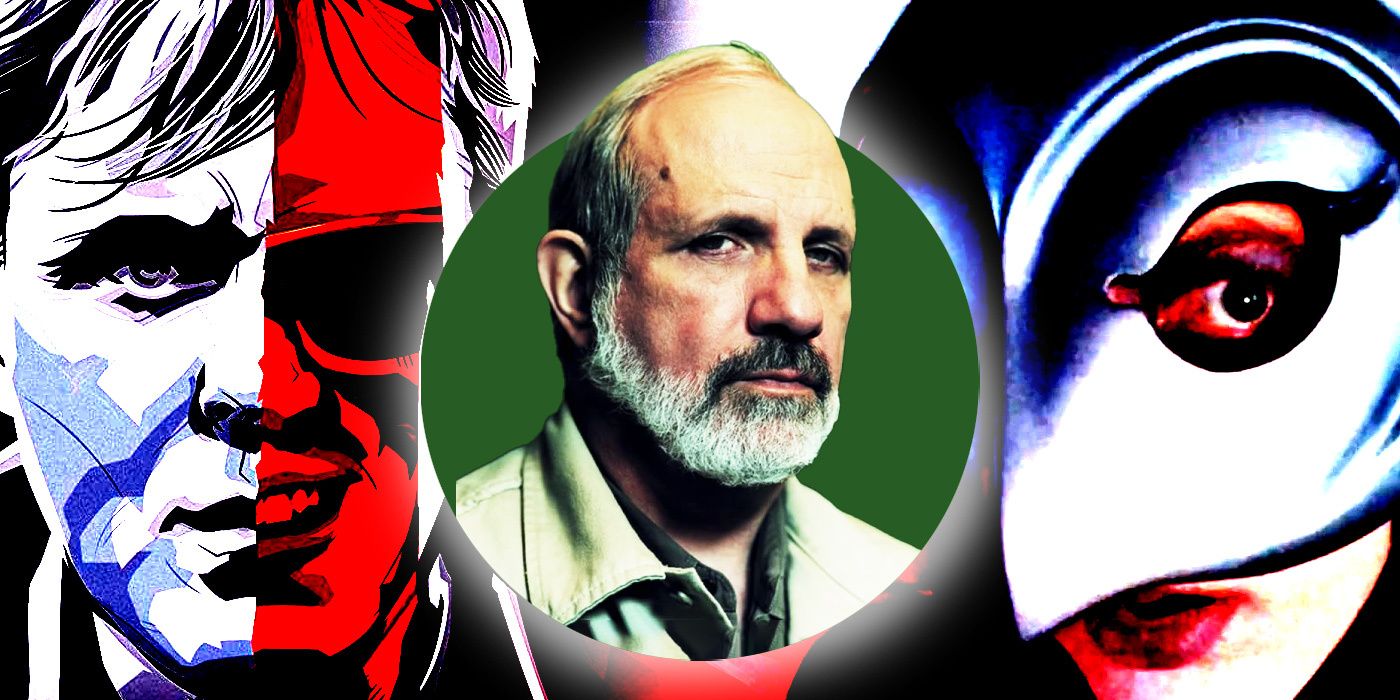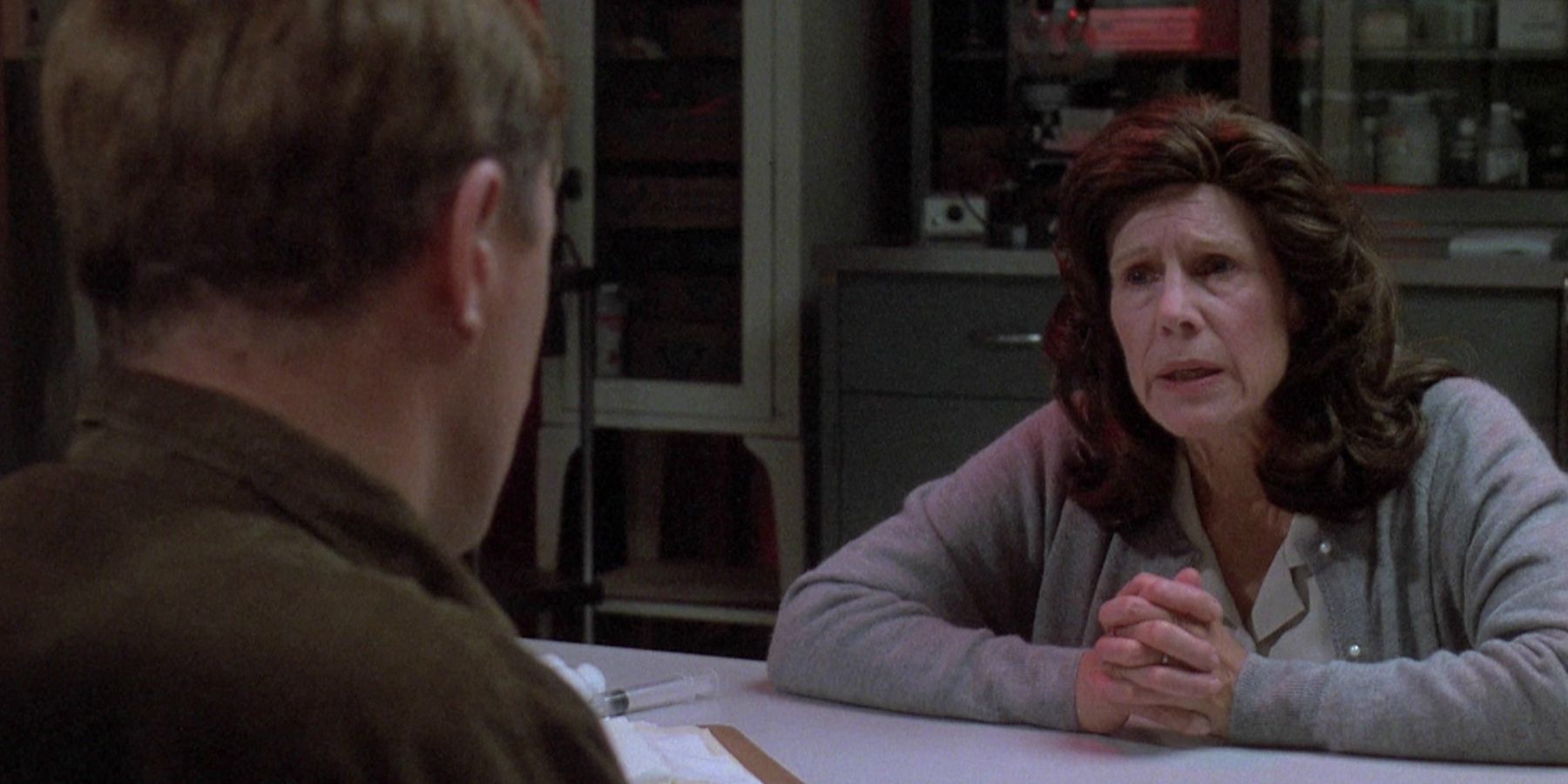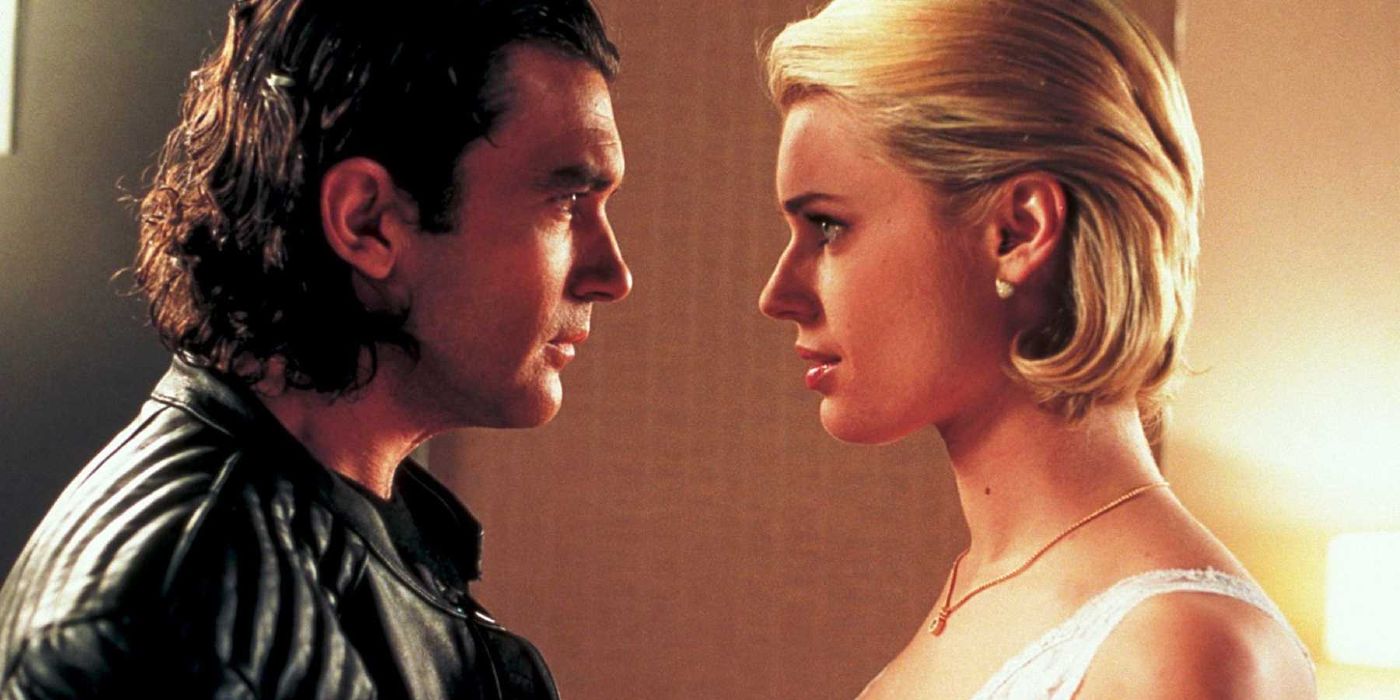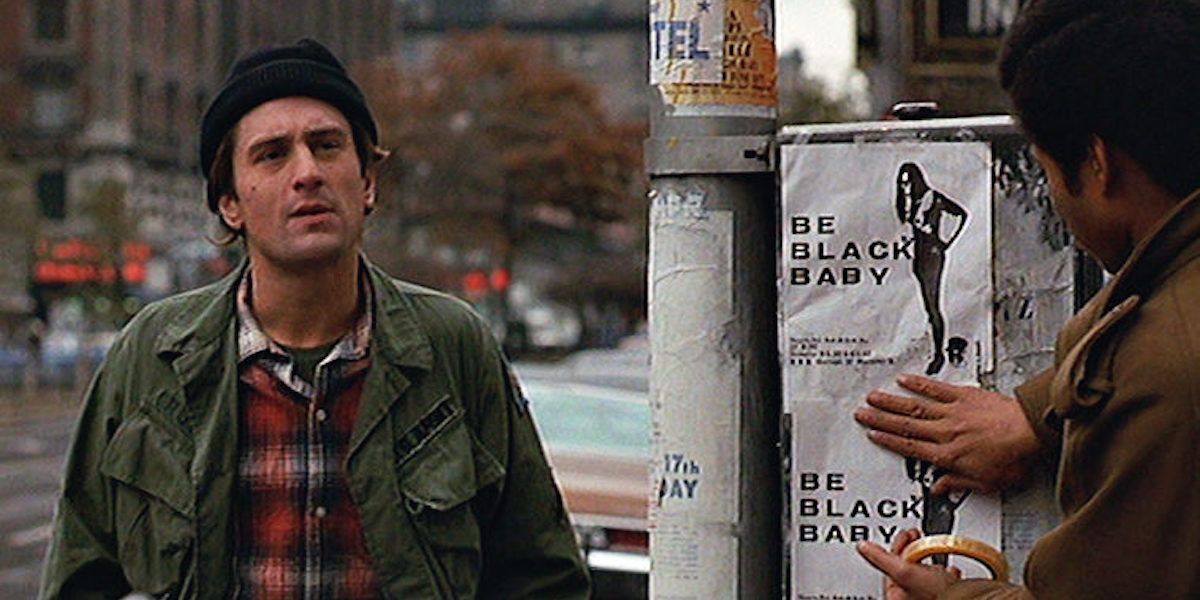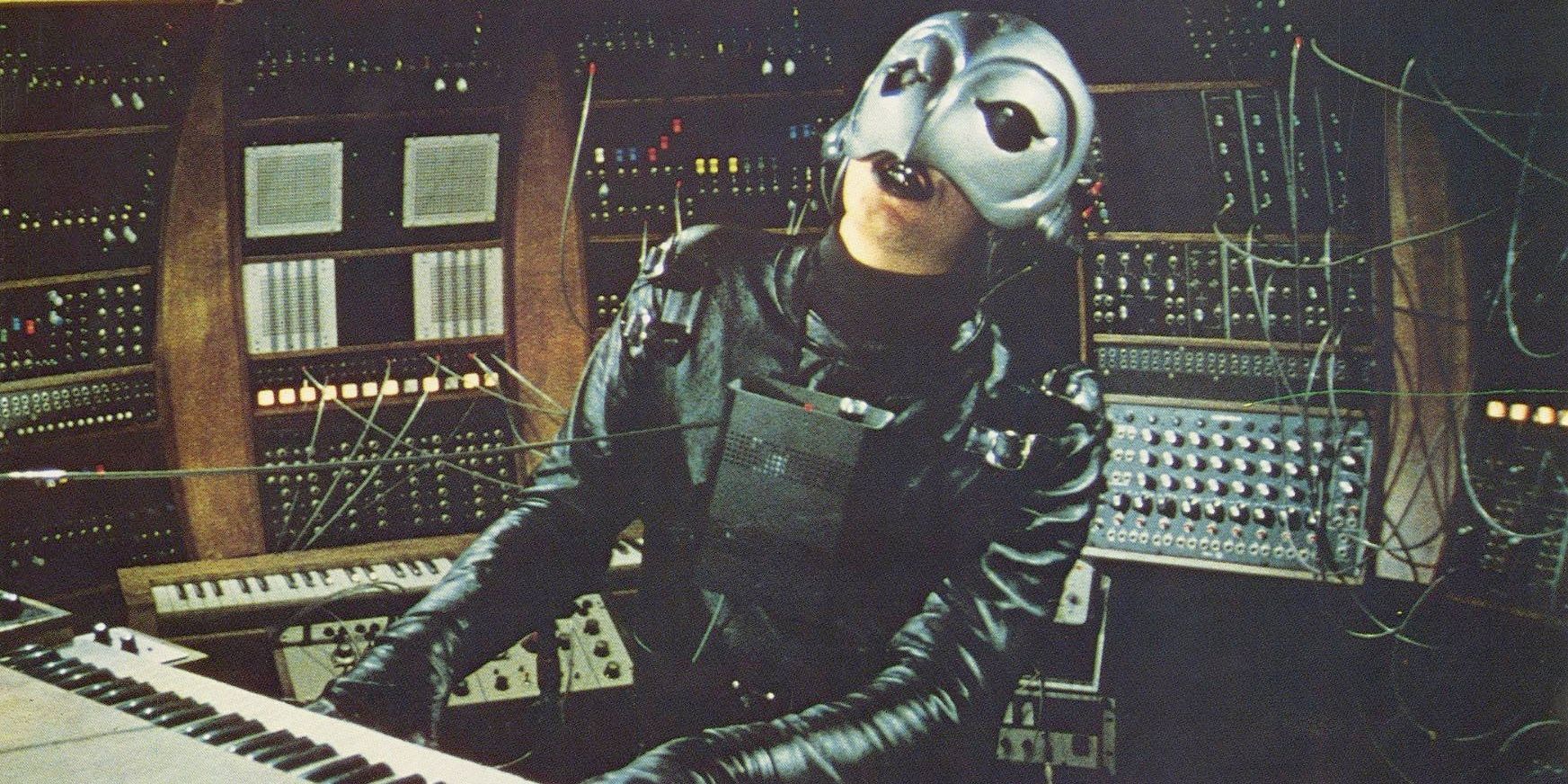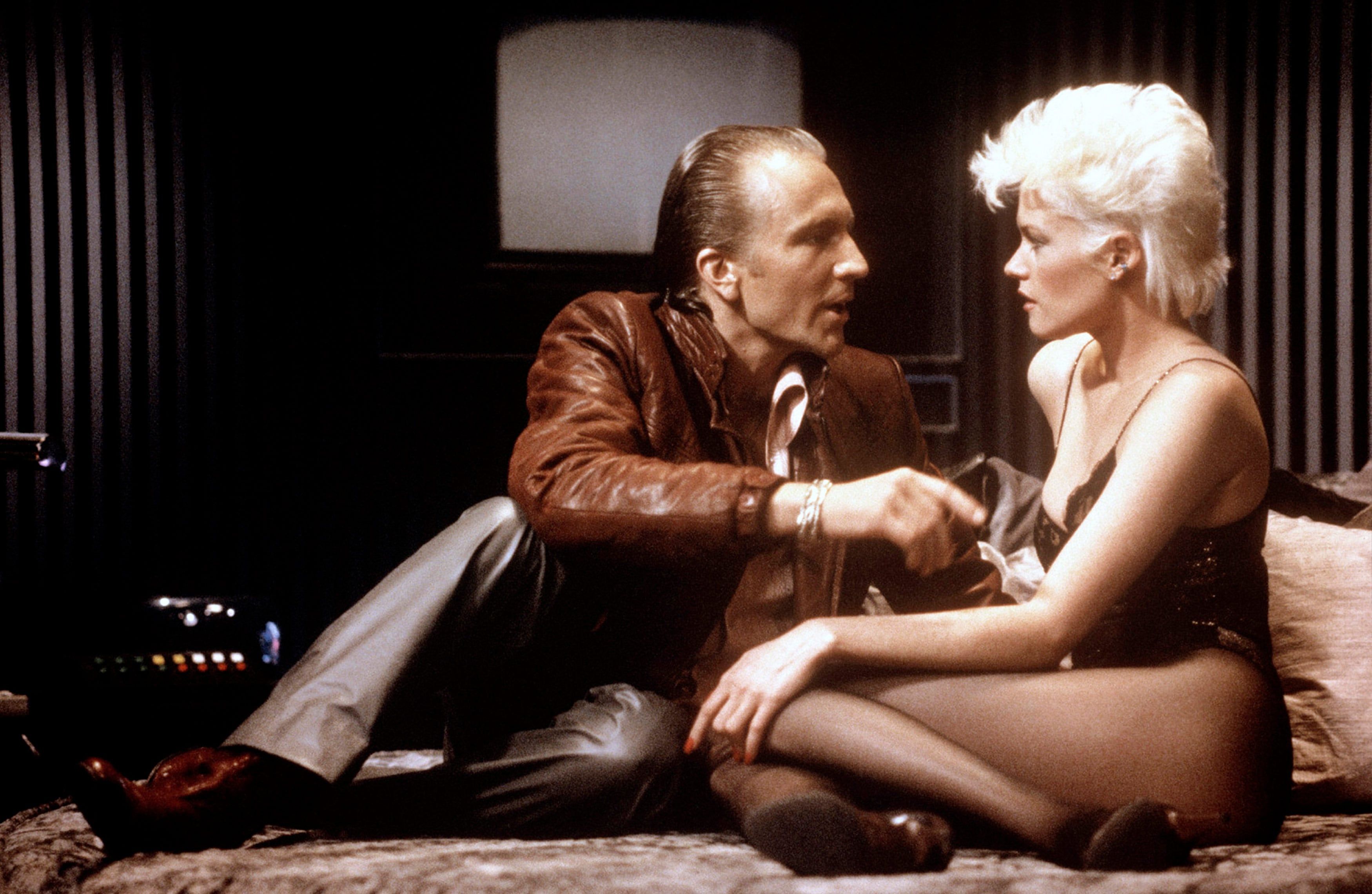The New Hollywood wave of the 1970s produced some of the 20th century’s all-time great filmmakers, many of whom are still making masterpieces today like The Irishman and last year’s West Side Story. The real-life characters of the New Hollywood are just that: odd, compelling, utterly larger-than-life characters. Indeed, some felt like personalities straight out of a Hollywood movie. Let us recount: there was, of course, the restless, borderline-anxious charisma of young Martin Scorsese. The bigger-than-the-building gravitas of Francis Ford Coppola. The pure fanboy enthusiasm of young Steven Spielberg. The iconic fashion and dandyish air of sophistication held by Peter Bogdanovich. These men were more than just born cinematic storytellers. They were personalities who defined a time and place.
In this regard and others, Brian De Palma – a key, essential member of the New Hollywood – has always been the odd man out. De Palma is, to be sure, more recognizably human than some of his contemporaries: a droll, almost freakishly talented cinematic technician who adores Hitchcock, sex, a good mystery, and, of course, elaborately realized suspense set pieces. By virtue of the fact that he directed many films that critics decried as trash, De Palma was never thought of in quite the same lofty regard as, say, Coppola or Scorsese. While nearly all his films are personal in ways that may not be immediate obvious upon first viewing, the guy primarily makes thrillers, and there is a limit to how much acclaim even the most well-made thrillers can garner.
That said, it is sort of remarkable how long De Palma has managed to stay in the game. The guy has survived unkind reviews, financial failures, and egotistical movie stars, though it remains true that even the director's so-called lesser films nevertheless contain moments of delirious, divine inspiration. There are, of course, the agreed-upon classics in the De Palma canon: Carrie, The Untouchables, Scarface, and Blow Out. This is not a piece about those films, brilliant and diverse as they are. This is a piece about the Brian De Palma films you may have heard about but haven’t seen: the under-the-radar ones, the ones that your cinephile friends have probably been bugging you about. Honestly, we could think of five more just off the top of our heads, but hey, this list is far from a bad place to start. Read on!
Raising Cain (1992)
De Palma makes a certain kind of trashy, high-concept psycho head-trip better than just about anyone, and Raising Cain is one of his most memorably goofy concoctions in that department. De Palma has always known exactly what to do with the effete menace exuded by actor John Lithgow, particularly in early masterworks like Obsession and Blow Out. De Palma’s go-to tactic with Lithgow? Cast him as a bad guy, and make him as creepy as possible. In Cain, the veteran actor comes completely unglued, playing a respected psychologist who is revealed to be quite dangerous when he learns of his wife’s infidelity. Like some of De Palma’s more controversial works, there are elements of Raising Cain (mainly the whole multiple-personalities gimmick, which smacks of Split) that don’t quite hold up to scrutiny when examined through today’s more enlightened cultural lens. Alas, the movie plays like gangbusters as a pure thrill ride, and the climactic motel set piece sees De Palma working in straight-up beast mode.
Femme Fatale (2002)
De Palma is a man, among other things, known for his mastery of ambitious set pieces, and the humdinger of a heist that kicks off his grossly underrated Femme Fatale – a flashy big score that unfolds, of all places, at the Cannes Film Festival – truly is one for the books. One could argue that the movie itself never quite reaches the dizzying, career-best high of its buzzy opening moments, particularly as the plot becomes more dauntingly layered. Alas, there is no doubt that Femme Fatale is deliciously ripe, grade-A pulp: in other words, a natural, perfect fit for this iconic filmmaker. This silly, sexy caper is just one damned twist after another: to date, it is simultaneously one of the horniest and most elegant Hitchcock homages that this master craftsman has ever given us.
Hi, Mom! (1970)
Long before Robert De Niro was nominated for an Oscar for playing a jilted, violent loner in Martin Scorsese’s Taxi Driver, he fearlessly embodied another maladjusted Vietnam-era creep in De Palma’s hysterically funny and undeniably squirmy free-love satire, Hi, Mom! Before he broke into the apex of commercial horror filmmaking with Carrie, De Palma was known for making a certain kind of irreverent, postmodern, Godard-indebted black comedy, previous examples of which include the De Niro-starring Greetings, and also The Wedding Party. Hi, Mom! is the crown jewel from this unusual but fascinating phase in De Palma’s career: an icky and totally unsparing study of a male peeper who dreams of being a lauded cinematic auteur but can barely make a dent in his local porno filmmaking scene. The “Be Black, Baby!” sequence is an uncomfortable, barn-burning stunner, and almost surely one of the more purely provocative sequences that De Palma has ever committed to film.
Phantom of the Paradise (1974)
Somewhere in between the surreal guitar-reverb lunacy of Scott Pilgrim Vs. The World and the bugged-out rock n’ roll sing-a-longs of The Rocky Horror Picture Show exists Phantom of the Paradise: a front-to-back gem that’s next to unclassifiable, even and especially by this director’s standards. Many day-one De Palma heads have this retro oddity in their personal top five, and for good reason: from a standpoint of pure visual technique and jaw-dropping cinematic invention, Phantom can feel, as you watch it, like nothing less than one of the coolest American movies ever made. The freewheeling story of sleazy record producer Swan (Paul Williams) and a mysterious songwriter played by William Finley (who starred in De Palma’s early short Woton’s Wake, and would later make appearances in the likes of Sisters and The Black Dahlia) who becomes a costumed phantom in the name of saving what’s left of rock n’ roll’s artistic purity, Phantom of the Paradise takes a sledgehammer to the commercial bloat of the '60s and '70s music scenes, respectively, while also showcasing an appealing early role for Suspiria actress Jessica Harper.
Body Double (1984)
Shot all over the seedier parts of Los Angeles, Body Double, if nothing else, remains one of De Palma’s most purely controversial features. Vincent Canby of the New York Times declared that the well-respected director had gone “too far” with the film, and other, more prudish viewers objected during the movie’s infamously gory drill-gun murder sequence. Body Double is, yes, vulgar, ridiculous, offensive, and pretty much every other pejorative you could think to throw at it. It’s also by far De Palma’s most under-valued work on the whole: a brutal vivisection of voyeurism, entitlement, male ego, and the pomposity of Hollywood, disguised as Dressed To Kill 2.0. Even when the movie’s heart is scurrilous and perverse, its technique is so assured as to be downright classical in its composition. I mean, where else are you going to see a movie where 80s synth-pop legends Frankie Goes To Hollywood perform their hit song “Relax” against the backdrop of what appears to be a scuzzy porno nightclub? Only one man could ever dream up such a scenario, and that man is Brian De Palma.

